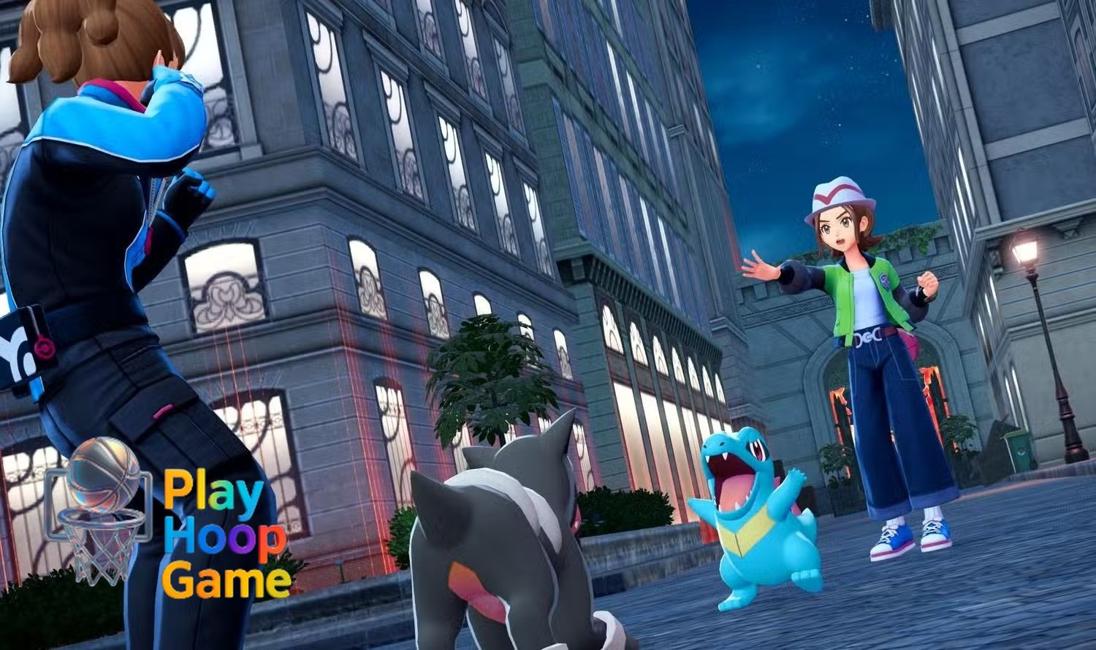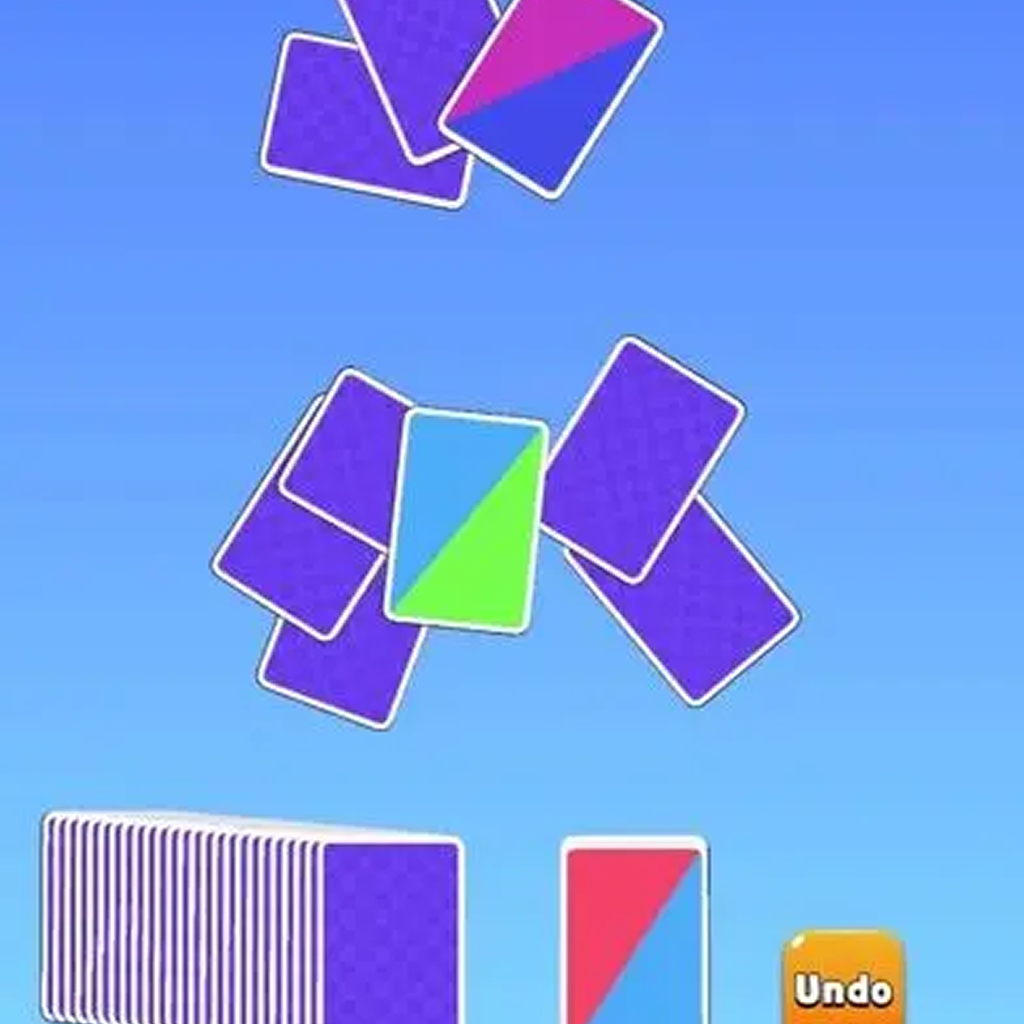I’m just going to say it. When the trailer for Pokémon Legends: Z-A dropped, my brain did a funny little flip. It wasn't just the shock of returning to Kalos, a region many of us (myself included) felt was left on the back burner for far too long. No, it was the setting. Lumiose City. A sprawling, futuristic metropolis clearly inspired by Paris.
And my first thought wasn't about Mega Evolutions or the mysterious "Urban Redevelopment Plan." It was about a certain angry, red-eyed Parasect that nearly sent me running for the hills back in Hisui.
Because that’s the real story here, isn't it? The biggest shake-up to the Pokémon formula isn't a new gimmick or a list of returning fan-favorites. It's the engine humming under the hood. It’s the DNA inherited from Legends: Arceus, and more specifically, its combat. A system that finally, after decades, made us, the player, feel like we were actually in the fight.
Beyond the Stare-Down
Let's be real for a second. We all love classic Pokémon. There's a comforting, almost meditative rhythm to the turn-based battles I grew up with. You choose a move. They choose a move. Someone faints. It’s like a high-stakes game of rock-paper-scissors with elemental lizards. It works. It’s iconic.
But it's also… static. It’s a representation of a battle, not the battle itself. For years, the anime showed us this dynamic, kinetic world where a Pikachu dodges an Onix by scrambling up its rocky hide, and we were stuck on a 2D plane selecting "Thunderbolt" from a menu.
Then Legends: Arceus came along and just threw the whole rulebook out the window. Suddenly, I wasn't just a disembodied command-giver. I was a kid in a field, literally dodging a Hyper Beam from an Alpha Snorlax. I was rolling out of the way, lining up my Poké Ball throw, deciding whether to engage or just book it. The seamless transition from exploring to catching to battling—it was a revelation. A messy, sometimes janky, but utterly thrilling revelation.
The first time a Bidoof—a BIDOOF!—actually charged at me instead of my Pokémon, something clicked. The world was alive. And dangerous. And I was part of it.
Why Pokémon Legends: Z-A’s Real-Time Combat Is a Game-Changer
Okay, so we’ve established that Arceus laid the groundwork. But plopping that system into a dense, vertical, and architecturally complex city like Lumiose? That’s not just an evolution; it’s a whole new species of Pokémon game.
Think about it. The open fields of Hisui were, well, open. They were perfect for testing out the new mechanics. Lots of space to run, dodge, and aim. But a city? A city has alleys, rooftops, plazas, bridges, and interiors. It has layers.
I initially just pictured fighting a Furfrou in a pristine Lumiose courtyard, which is cool, I guess. But then my brain started running wild. What if a battle with a Hawlucha takes us to the rooftops, leaping from one building to the next? What if we have to chase a mischievous Klefki through the twisting back alleys, using our own Pokémon to clear obstacles in real-time? Could a Steel-type Pokémon use a metal lamppost to amplify an electric attack? The possibilities here are genuinely staggering.
This setting forces Game Freak to double down on the real-time elements. The environment can't just be a pretty backdrop anymore; it has to be a playground. A strategic element. This isn't just about moving around your opponent; it's about using the city itself. A game that demands you think fast and win more is a far cry from the chess-like pace of old. It's a fundamental shift in how we'll have to approach every single encounter.
The line between trainer and Pokémon blurs even further. Your movement, your positioning, your use of the urban landscape—it all matters just as much as your Charizard's level.
The Beautiful, Chaotic Risk
Of course, this is me being an optimist. My heart is full of hope, but my brain, the one that’s been playing video games for thirty years, knows all the ways this could go sideways.
A camera system that can’t handle tight corridors or vertical fights would be a nightmare. AI that can't navigate complex urban geometry would shatter the immersion instantly. We've all seen games with great ideas crumble under the weight of poor technical execution. And let's be honest, performance has not always been the Pokémon series' strongest suit. There's a world where this ambitious vision ends up being a frustrating, clunky mess.
But the reward… oh, the potential reward. A truly modern Pokémon experience. One that feels as fluid and alive as the world it's trying to portray. It's a move away from abstraction and towards simulation. It’s the dream I’ve had since I was a kid, watching Ash Ketchum command Pikachu with a sense of urgency and strategy that a menu system could never replicate. The wider world of gaming is filled with incredible action titles, as a quick look at any list of hot new games will tell you, and it feels like Pokémon is finally ready to borrow some of that energy.
This feels like the next logical step, moving beyond the wide-open beta test of Hisui and into a living, breathing world. It's a massive gamble. But it's one I am so incredibly here for. I'd rather see them try for something this ambitious and stumble than give us another perfectly safe, perfectly predictable journey through a world that feels like it’s on rails. This is their chance to build a foundation for the next 25 years of Pokémon, not just the next game on a popular gaming site.
Frequently Asked Questions About What's Next for Pokémon Combat
Wait, so is Pokémon abandoning turn-based battles for good?
Not so fast! It's highly unlikely. Think of the Legends series as a separate branch of the Pokémon tree. The core "mainline" games, like Scarlet and Violet, will probably stick to their turn-based roots for a long time. Legends: Z-A is continuing the experiment started by Arceus, offering a different, more action-oriented way to play. They can coexist!
So, is Pokémon just turning into a generic Action RPG?
That’s a valid concern, but I don't think so. The core of Legends: Arceus was still very much about Pokémon strategy—type matchups, move selection, and status effects. The "action" part was more about your character's positioning and the seamless flow of battle. It’s a hybrid, blending classic RPG elements with modern action mechanics, rather than just becoming a button-masher.
How exactly would Pokémon Legends: Z-A's real-time combat even work in a city?
This is the million-dollar question! I imagine we’ll see battles that use verticality—fighting Pokémon on different building levels, using ziplines or environmental features to gain an advantage. Alleys could become strategic choke points, and open plazas could host larger, more chaotic battles. The city itself becomes a part of your strategy.
Will this new style be too difficult for younger or more casual players?
Game Freak is usually very good about accessibility. In Legends: Arceus, the action elements were fairly forgiving. The dodge-roll had generous timing, and you could always rely on a powerful, over-leveled Pokémon to do the heavy lifting. I expect they'll find a similar balance in Z-A to keep it welcoming for all ages.
The journey to Lumiose City feels less like a trip back in time and more like a leap into the future. A future where our actions matter as much as our Pokémon’s, and where a battle can break out on a rooftop, in a café, or in a shadowed alleyway. And honestly? I can't wait to get lost in those streets.

























